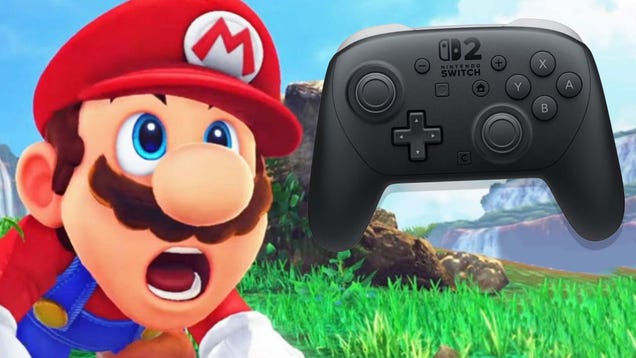So, it turns out that China’s “patriotic” hackers, affectionately dubbed the “Honkers,” have become the elite ninjas of cyberspace. Who knew that a little bit of coding could transform you from a basement dweller into a national treasure? Forget the fancy degrees and corporate jobs; just grab a keyboard, and you too can serve your country by snooping on everyone else. It’s like being a superhero, but instead of capes, you wear hoodies and operate from behind a screen.
Remember, in the world of espionage, it’s not about how many enemies you have; it’s about how many passwords you can crack!
#Cyberspies #ChineseHackers #PatrioticNin
Remember, in the world of espionage, it’s not about how many enemies you have; it’s about how many passwords you can crack!
#Cyberspies #ChineseHackers #PatrioticNin
So, it turns out that China’s “patriotic” hackers, affectionately dubbed the “Honkers,” have become the elite ninjas of cyberspace. Who knew that a little bit of coding could transform you from a basement dweller into a national treasure? Forget the fancy degrees and corporate jobs; just grab a keyboard, and you too can serve your country by snooping on everyone else. It’s like being a superhero, but instead of capes, you wear hoodies and operate from behind a screen.
Remember, in the world of espionage, it’s not about how many enemies you have; it’s about how many passwords you can crack!
#Cyberspies #ChineseHackers #PatrioticNin









